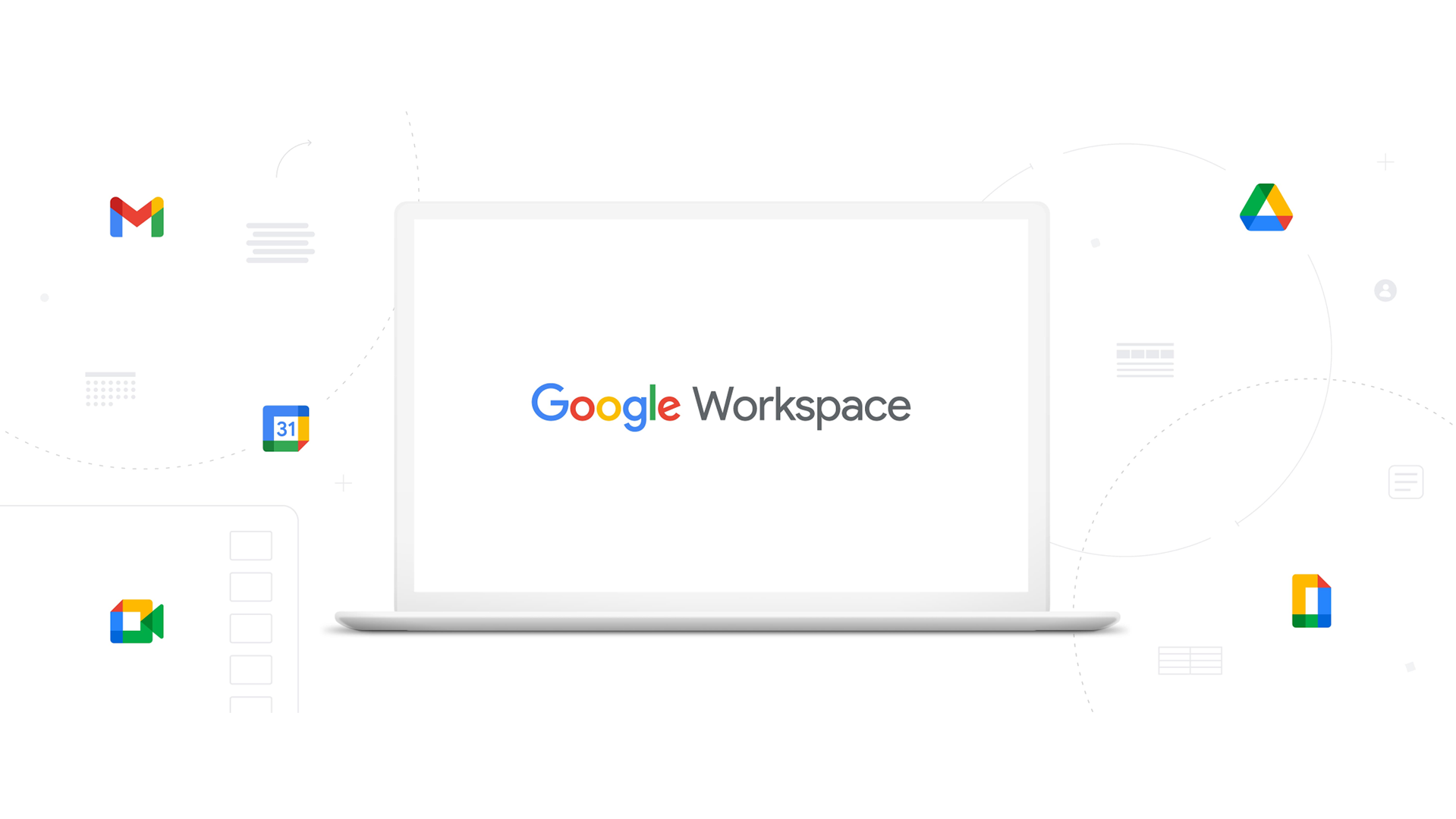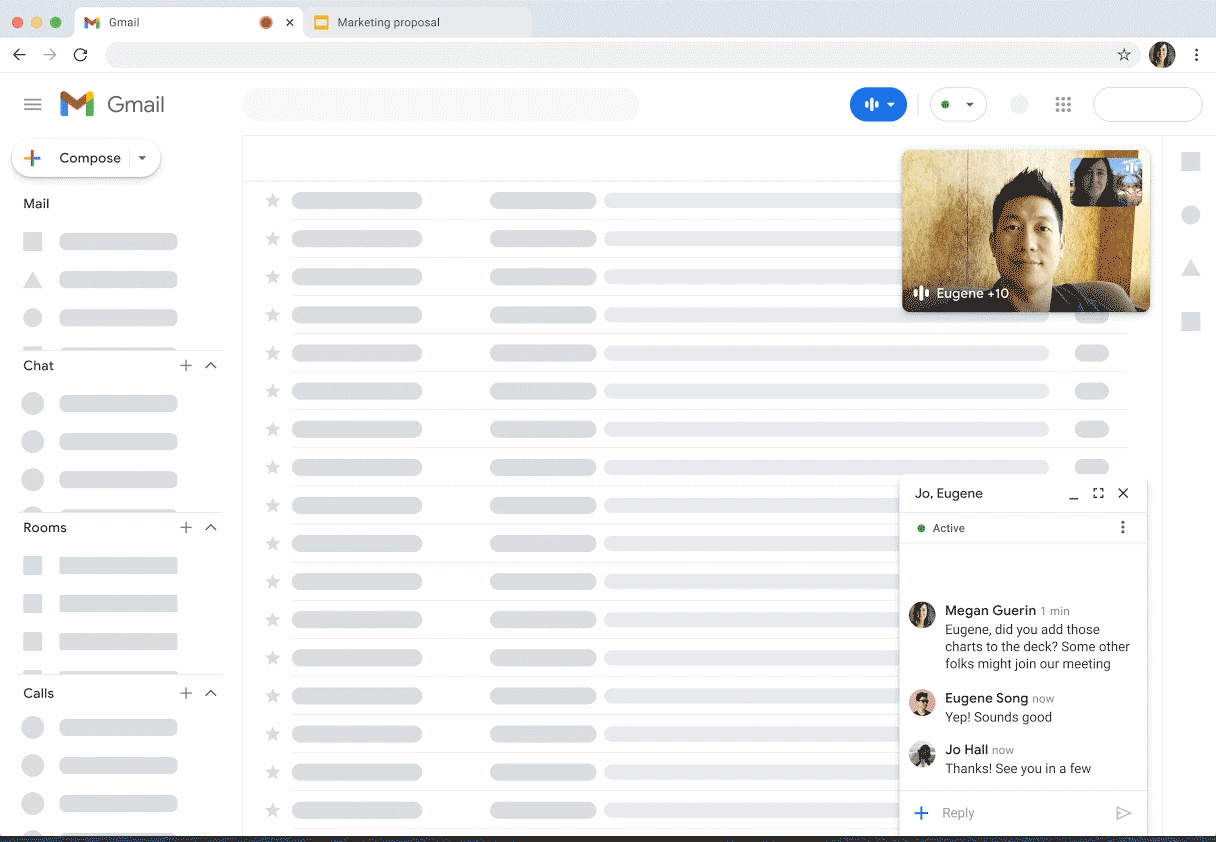Google is rebranding its productivity app suite from G Suite to Google Workspace. The new branding encompasses Gmail, Docs, Meet, Sheets, and Calendar, and includes a few new features as Google focuses on working from home.
Along with the rebrand, Google is overhauling the Google Workspace interface. The idea is to keep you in one place, instead of needing to switch tabs all the time. For instance, Chat (also known as Google Chat, formerly Hangouts Chat) can spawn new docs for everyone in the group to use, without needing another tab.
Similarly, Google Docs can spawn a video chat window so you can collaborate inside the document. If you have ever tried to edit a document while someone else is making an edit that goes against yours, that's a big boon. Likewise, you can move an existing meeting from apps. If you started in Gmail, you can pull it over to Sheets or Docs.
All of this follows previous similar moves from Google, such as when the integrated Google Meet into Gmail. But the ideas go further, with features like "smart chips" that pull up contact details when you use the @ symbol to mention someone in a document.
Some of the features are available starting today for Google Workspace subscribers, while others will come in the next few months. New icons for the associated are rolling out, and for now, the new tight integration is a web-only affair. But we'll see how far Google takes its new working office online concept in the future.
Source: Google


